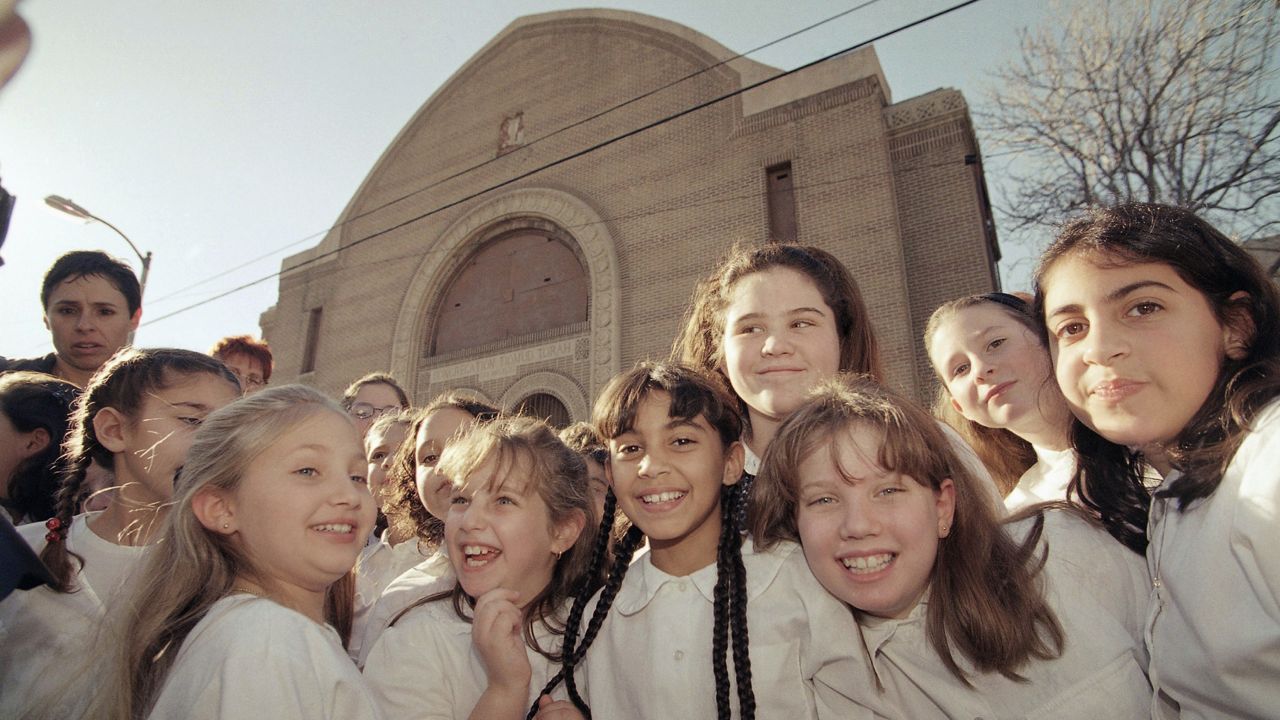LOS ANGELES — This week, California Assemblymembers Jesse Gabriel and Miguel Santiago announced that they secured nearly $15 million in state funding to renovate the Breed Street Shul, a landmark of Boyle Heights’ history as an enclave of Jewish Angelenos through the first half of the 20th century.
“The Shul once served as a place of worship and a community hub over half a century ago, and with this allocation, we can turn this beautiful and historic building into a cultural and community center once again,” Santiago said. “This is an important investment for the Boyle Heights community as a whole.”
The Breed Street Shul in Boyle Heights was once the brightest star in the constellation of Los Angeles’s Orthodox Jewish community, a relative castle among the many humble neighborhood shuls (a Yiddish term used to refer to the places that an Orthodox Jewish community worships, studies and gathers) that existed in eastside Jewish communities of the time. It continued to be a center for Jewish life even after the community began its westward migration away from east LA, and other synagogues closed their doors.
But, following the 1973 death of long-serving Rabbi Osher Zilberstein and the scattering of its remaining congregation, the Breed Street Shul fell into disuse and disrepair. Vandals took their toll on the building and its windows, and the 1987 Whittier Earthquake brought severe structural damage to the shul’s main sanctuary.
Eventually, activists and historians secured the site and formed the Breed Street Shul Project. In 2001, the shul gained a listing in the National Register of Historic Places. Over the decades, plans and fundraising has taken place to give new life to the facility and turn it into a community center, though the process has been slow going, moving in fits and starts.
Historian Caroline Luce, the Associate Director of UCLA’s Leve Center for Jewish Studies, said that a plan for the shul’s future has been in place for years, and that she’s hopeful the community will once again have a chance to share what they’d like to see for the space’s future. “This is incredible and transformative, and I can’t wait for it to be a hub of Jewish community life,” Luce added.
This $14.9 million injection of funding, included in the state budget following a joint effort from the state legislature’s Jewish and Latino caucuses, promises to be a significant kick-start to the renovation plans.
“The state’s allocation will be truly transformative in realizing our shared vision to preserve and renew these architecturally and culturally iconic historic resources to serve the Boyle Heights, Jewish, and wider communities, and build on the longstanding collaboration between Latinx and Jewish elected officials and volunteers to secure the Shul’s future,” said Stephen Sass, President of the Breed Street Shul Project.
The renovation plan, as it stands, would turn the main sanctuary’s basement into offices for local non-profits, create a performance and meeting space in the shul’s main sanctuary, build a permanent exhibit of the area’s multiethnic history and retrofit the facility for both seismic stability and disability access.
“The Breed Street Shul is a powerful symbol of the shared immigrant experience that connects so many communities across California,” Gabriel said. “Transforming this historic landmark will provide us with a unique opportunity to celebrate our shared history, build bridges, and strengthen cooperation and dialogue between the Latino and Jewish communities in Los Angeles.”



